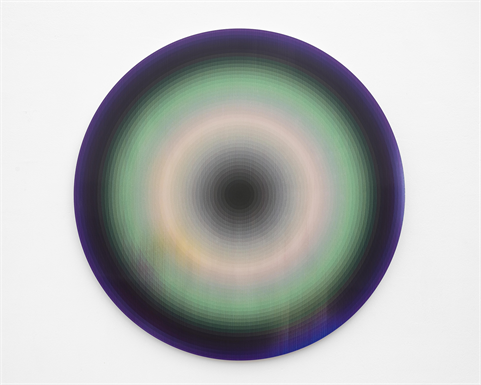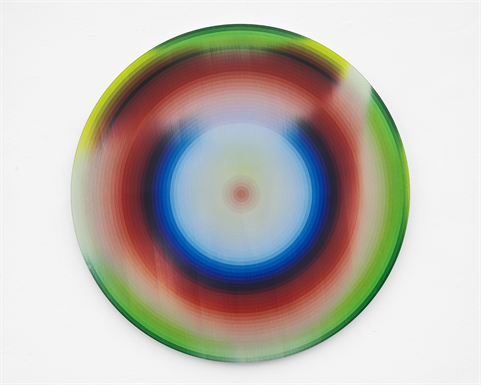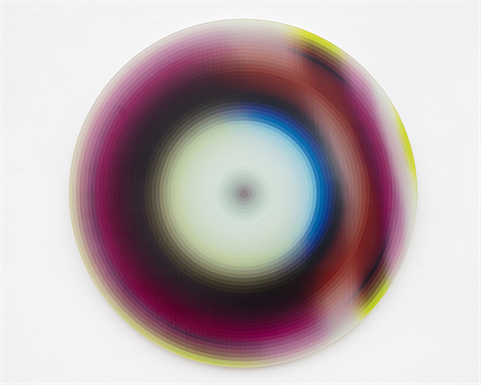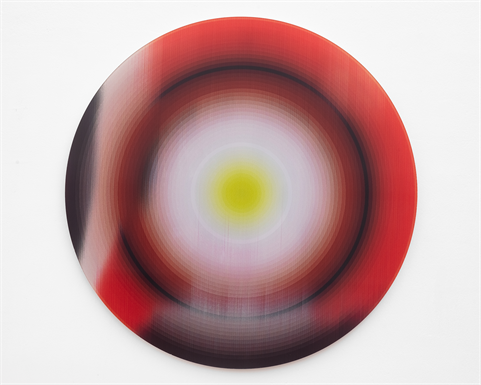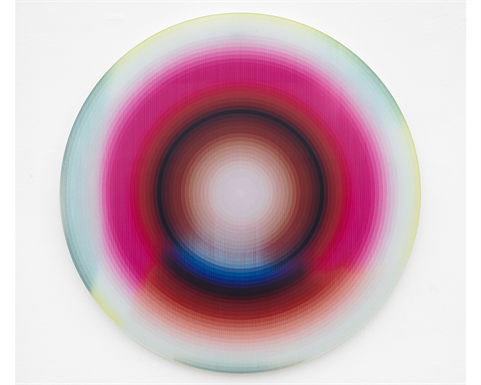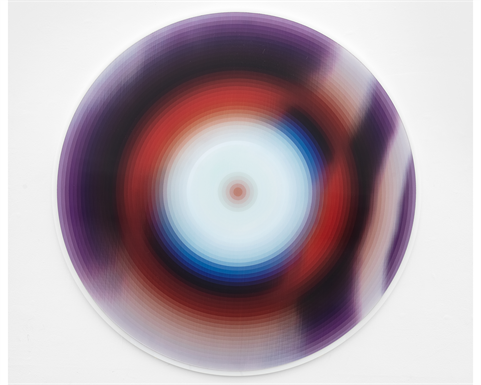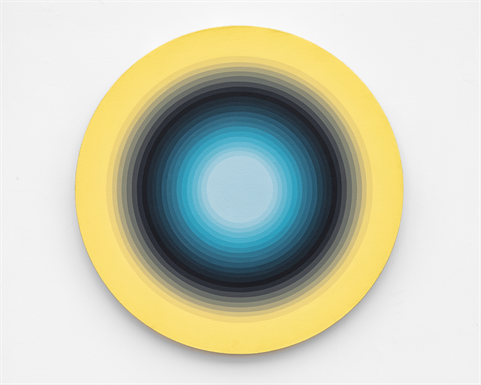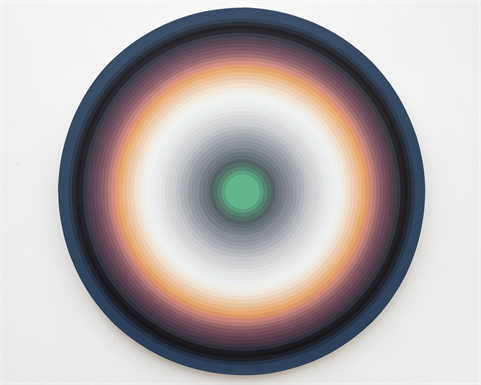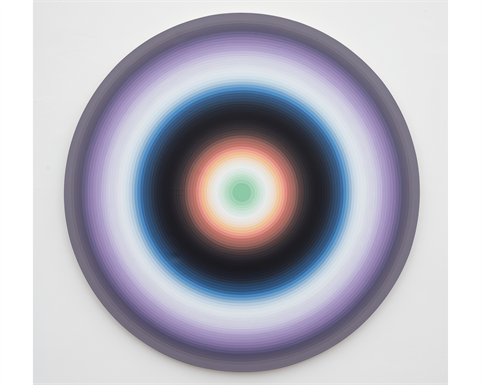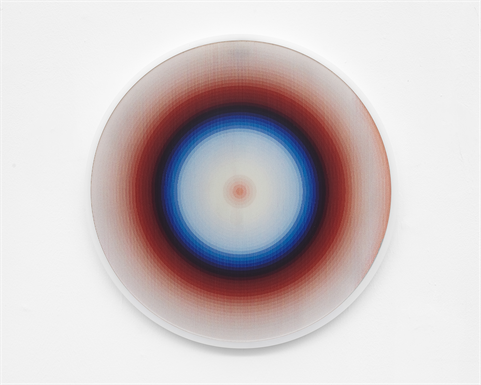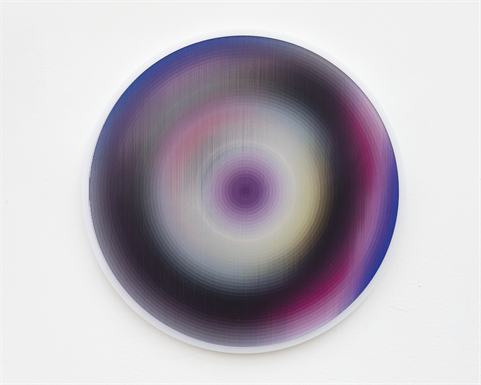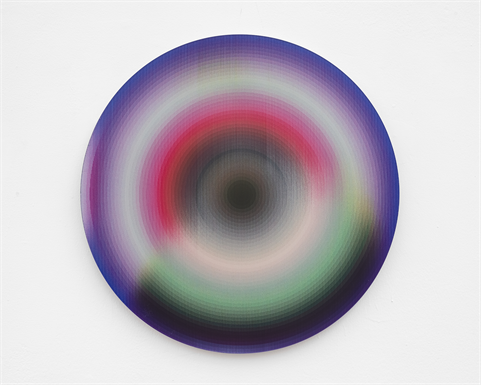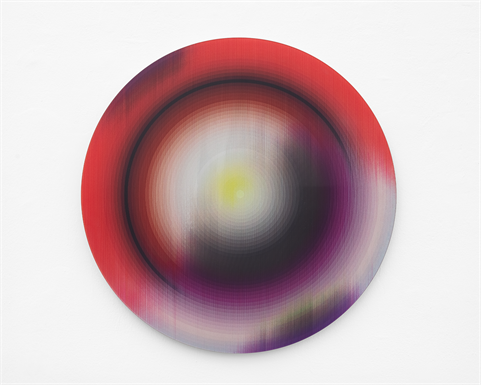Yan Lei Usual Manual
Jan 09 - Mar 14, 2021
Jan 09 - Mar 14, 2021
Press Release
YAN LEI USUAL MANUAL
In general, 'USUAL MANUAL' that is, a user’s instruction(使用说明书), a manual, a user guide is a technical communication document intended to provide help to people using a particular system. Most user manuals include instructional descriptions and related illustrations to help users understand and to explain effectively. When preparing a manual, it is recommended to divide it into details according to its order so that there are no problems in using the relevant programs and products. By creating a manual, users can gain convenience, and companies reduce the number of problems associated with the program and product and efficiently use the product and program.
The artist YAN LEI(颜磊) explains his work with 'USUAL MANUAL' as previously discussed. What does the artist want to talk about? Why does he want to communicate through ‘user instruction’ or in other words, 'USUAL MANUAL', what message does the artist want to convey through pointing out the problem of overflowing ‘USUAL MANUAL’ of the current era, and through this contradictory situation of explaining one’s own ‘USUAL MANUAL’ of the artwork, what is his implication? In addition, even in the content of the artist himself, he insists not to be bound by the numerous manuals around us. What would happen if there were as many manuals as the grains of sand on a sandy beach, which are indispensable to us living in the era of the 4th industrial revolution? Due to the numerous usage methods and rules to be followed, you will be driven to a gloomy ant hell without an exit. At that time, if you can take a step back and take some time to relax, everything will be different. What does it mean to be free and not be bounded? So, what is the true freedom for us? Wouldn’t it be an undisturbed freedom? If one could be free, then, what is the true meaning of freedom to us?
Long ago, there was a bird (鹏) that flew over 90,000 miles and flew for six months. Somehow, that bird was mocked by pigeons and cicadas. The little bird who cannot know the world of the big bird flying high, mocks the big bird with his knowledge and experience. Stuck in its narrow-minded knowledge and experience, the small bird compares the shape of the world to others. The small bird recklessly judges and laughs at someone who is of a size that cannot be measured by its own standard. Somehow the little bird seems just like us! There is someone who says that it is freedom to escape from the narrow standards and errors of perception such as this little bird. He is Zhuangzi (庄子; BC 369 ~ BC 289, a philosopher of Chinese Taoism (道家)). Zhuangzi says that all of this is insignificant in the flow of nature. Through this enlightenment, Zhuangzi teaches the way of freedom through solitary supremacy and transcendence of cognition of the great bird who directly sees the wide world from the vast sky. There is a story about Zhuangzi’s freedom of awareness. When Zhuangzi’s wife passed away, he banged on a jar and sang. Even in front of his wife's death, Zhuangzi was not sad. Was he really weird?
Everything changes in the vast flow of nature. There, Zhuangzi is telling us to escape the prejudice of constantly comparing and weighing life and death, right and wrong, joy and sorrow.
But what about us? Aren’t we still putting up narrow standards?
Aren’t we keeping ourselves chained to comparing and judging and driving ourselves into misery?
How about finding out what kind of freedom is inside me, what does the big bird look like?
When the Republican Party culminated in the Dutch pacifist line in 1672, the supreme leader of the Republican Party, “Jan de Witt,” was brutally murdered. When the French army led by Louis XIV invaded the Netherlands and won, Jan Debit's political opponent, Calvinists, stirs up the public by asking to take responsibility for the defeat. The instigated people kill Jan Debit cruelly. The public abandon the republic and fights for self-subjugation. There was someone who wanted to describe the scene of this brutal murder as "Ultimi Barbarorum!". This person was Spinoza (1632~1677, Dutch philosopher, a major theorist of modern rationalism). Spinoza captures the fears of the public who has driven a man into a relentless death. Spinoza, who noted the reason for the public’s fall into a state of barbarism, saw the lack of intelligence to understand the causal relationship between cause and effect, then saw superstitious cause derived from imagination as the reason why humans are subjugated. Then what did he see as a way to escape from subjugation? In his book "ETHICA," he talks about the knowledge of human.
What is human knowledge?
First kind of inexact knowledge obtained through the sense of imaginary by quick level seeing.
Second kind of knowledge gained through reason and produced by common ideas.
Third-class knowledge that intuitively understands the ultimate and inevitable order of nature.
And, God (神) = the inevitable causality and order of nature
è Rational contemplation and Realization of it
è Freedom from emotions, peace of mind
Spinoza says to rationally contemplate this clear causal relationship and order.
I briefly examined freedom from the perspective of liberation through Zhuangzi(庄子; BC 369 ~ BC 289, a philosopher of Chinese Taoism (道家))’s Free Wondering(逍遥游) and Spinoza(1632 ~ 1677, Dutch philosopher, a major theorist of modern rationalism)’s liberation through rational contemplation. Through the exhibition title “YAN LEI USUAL MANUAL,” the artist’s intention is in line with Zhuangzi and Spinoza who claims that “Freedom is being free from errors that binds the mind”. Through this exhibition, we hope to have an opportunity to set free from narrow knowledge, customs and habits of error caused by the many "YAN LEI USUAL MANUAL" which are provided by the egos of civilization and hope to have a chance to think about what kind of freedom we truly dream would look like.
In general, 'USUAL MANUAL' that is, a user’s instruction(使用说明书), a manual, a user guide is a technical communication document intended to provide help to people using a particular system. Most user manuals include instructional descriptions and related illustrations to help users understand and to explain effectively. When preparing a manual, it is recommended to divide it into details according to its order so that there are no problems in using the relevant programs and products. By creating a manual, users can gain convenience, and companies reduce the number of problems associated with the program and product and efficiently use the product and program.
The artist YAN LEI(颜磊) explains his work with 'USUAL MANUAL' as previously discussed. What does the artist want to talk about? Why does he want to communicate through ‘user instruction’ or in other words, 'USUAL MANUAL', what message does the artist want to convey through pointing out the problem of overflowing ‘USUAL MANUAL’ of the current era, and through this contradictory situation of explaining one’s own ‘USUAL MANUAL’ of the artwork, what is his implication? In addition, even in the content of the artist himself, he insists not to be bound by the numerous manuals around us. What would happen if there were as many manuals as the grains of sand on a sandy beach, which are indispensable to us living in the era of the 4th industrial revolution? Due to the numerous usage methods and rules to be followed, you will be driven to a gloomy ant hell without an exit. At that time, if you can take a step back and take some time to relax, everything will be different. What does it mean to be free and not be bounded? So, what is the true freedom for us? Wouldn’t it be an undisturbed freedom? If one could be free, then, what is the true meaning of freedom to us?
Long ago, there was a bird (鹏) that flew over 90,000 miles and flew for six months. Somehow, that bird was mocked by pigeons and cicadas. The little bird who cannot know the world of the big bird flying high, mocks the big bird with his knowledge and experience. Stuck in its narrow-minded knowledge and experience, the small bird compares the shape of the world to others. The small bird recklessly judges and laughs at someone who is of a size that cannot be measured by its own standard. Somehow the little bird seems just like us! There is someone who says that it is freedom to escape from the narrow standards and errors of perception such as this little bird. He is Zhuangzi (庄子; BC 369 ~ BC 289, a philosopher of Chinese Taoism (道家)). Zhuangzi says that all of this is insignificant in the flow of nature. Through this enlightenment, Zhuangzi teaches the way of freedom through solitary supremacy and transcendence of cognition of the great bird who directly sees the wide world from the vast sky. There is a story about Zhuangzi’s freedom of awareness. When Zhuangzi’s wife passed away, he banged on a jar and sang. Even in front of his wife's death, Zhuangzi was not sad. Was he really weird?
Everything changes in the vast flow of nature. There, Zhuangzi is telling us to escape the prejudice of constantly comparing and weighing life and death, right and wrong, joy and sorrow.
But what about us? Aren’t we still putting up narrow standards?
Aren’t we keeping ourselves chained to comparing and judging and driving ourselves into misery?
How about finding out what kind of freedom is inside me, what does the big bird look like?
When the Republican Party culminated in the Dutch pacifist line in 1672, the supreme leader of the Republican Party, “Jan de Witt,” was brutally murdered. When the French army led by Louis XIV invaded the Netherlands and won, Jan Debit's political opponent, Calvinists, stirs up the public by asking to take responsibility for the defeat. The instigated people kill Jan Debit cruelly. The public abandon the republic and fights for self-subjugation. There was someone who wanted to describe the scene of this brutal murder as "Ultimi Barbarorum!". This person was Spinoza (1632~1677, Dutch philosopher, a major theorist of modern rationalism). Spinoza captures the fears of the public who has driven a man into a relentless death. Spinoza, who noted the reason for the public’s fall into a state of barbarism, saw the lack of intelligence to understand the causal relationship between cause and effect, then saw superstitious cause derived from imagination as the reason why humans are subjugated. Then what did he see as a way to escape from subjugation? In his book "ETHICA," he talks about the knowledge of human.
What is human knowledge?
First kind of inexact knowledge obtained through the sense of imaginary by quick level seeing.
Second kind of knowledge gained through reason and produced by common ideas.
Third-class knowledge that intuitively understands the ultimate and inevitable order of nature.
And, God (神) = the inevitable causality and order of nature
è Rational contemplation and Realization of it
è Freedom from emotions, peace of mind
Spinoza says to rationally contemplate this clear causal relationship and order.
I briefly examined freedom from the perspective of liberation through Zhuangzi(庄子; BC 369 ~ BC 289, a philosopher of Chinese Taoism (道家))’s Free Wondering(逍遥游) and Spinoza(1632 ~ 1677, Dutch philosopher, a major theorist of modern rationalism)’s liberation through rational contemplation. Through the exhibition title “YAN LEI USUAL MANUAL,” the artist’s intention is in line with Zhuangzi and Spinoza who claims that “Freedom is being free from errors that binds the mind”. Through this exhibition, we hope to have an opportunity to set free from narrow knowledge, customs and habits of error caused by the many "YAN LEI USUAL MANUAL" which are provided by the egos of civilization and hope to have a chance to think about what kind of freedom we truly dream would look like.
李章旭(LEE Janguk)

